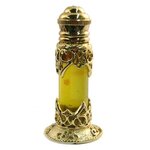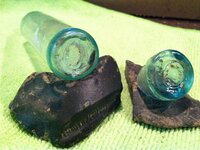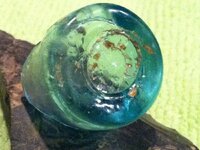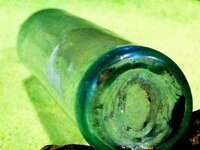Red_desert
Gold Member
- Feb 21, 2008
- 6,875
- 3,525
- Detector(s) used
- Garrett Ace 250/GTA 1,000; Fisher Gold Bug-2; Gemini-3; Unique Design L-Rods
- Primary Interest:
- All Treasure Hunting
I' ve seen posts about a small vial holding oil for anointing, on oertain gold artifacts from Spanish galleons. Is this a glass vial? Does anyone have a pic so I know what they look like?







